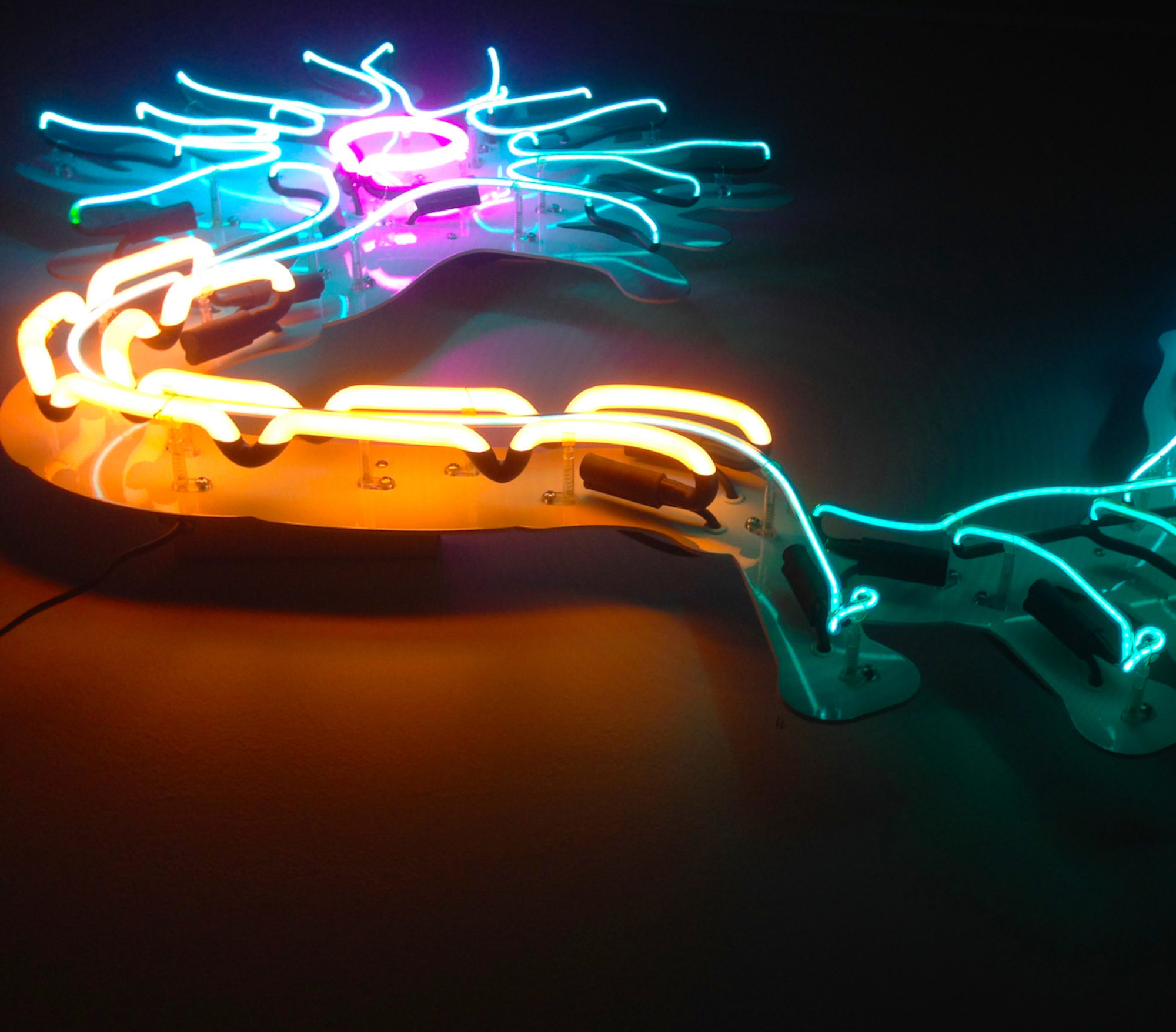Optical and electrophysiological biomarkers for brain injury detection
In emergency medicine, there is a well-known principle of the “golden hour,” the period of time following an out-of-hospital traumatic injury within which rapid medical intervention can have a positive impact on medical outcome. Quantitative biomarkers for traumatic brain injury (TBI) that can be rapidly acquired and interpreted in active, field environments, are lacking. Our lab explores biomarkers for TBI based on intrinsic correlations between sensory-evoked cerebral hemodynamics and neuronal activity. This work additionally represents an ongoing collaboration with the U. S. Food and Drug Administration’s (FDA) Center for Devices and Radiological Health (CDRH).

Noninvasive monitoring of auditory processing

We often don’t appreciate the sophistication of healthy hearing and auditory processing until the capabilities are lost. Difficulty comprehending speech or discriminating sounds in noisy environments may be indications of central auditory processing disorders (CAPD). While therapy for CAPD is essential for rehabilitating auditory function and reducing the likelihood of social isolation and subsequent problems in quality of life, a central limitation of current clinical assessments and models of CAPD is that the presumed neural substrates are not well validated. We utilize optical approaches, namely near infrared diffuse correlation spectroscopy (DCS) to measure cerebral hemodynamics associated with auditory processing, a technological configuration analogous to “silent fMRI.”
Ultrasonic neuromodulation for shaping sensory perception
Injury to sensory systems, either peripheral or at the level of the central nervous system, alters the way in which sensory information is mapped in the brain. The use of transcranial, low intensity focused ultrasound is an emerging neuromodulation technique that shows promise for rehabilitating sensory capabilities to their maximal potential. Compared with other noninvasive neuromodulation techniques such as transcranial magnetic stimulation (TMS), key technical advantages include high lateral resolution of stimulation (millimeter scale) at deep penetration depths as well as increased MRI compatibility. We explore the underlying mechanisms of how this phenomenon works, and the degree to which the technique can be used to alter sensory representation in the brain.

Peripheral mechanisms of auditory attention

In the visual system, top-down attention controls saccadic eye movements that direct our gaze to targets of behavioral importance. Although psychophysical experiments show that we can also direct our auditory attention to specific stimuli, virtually nothing is known about how the brain gates incoming sound information to “focus” on auditory features of interest. There is evidence that the brain can modulate our ability to selectively perceive one voice or auditory “stream” within a complex auditory environment by directly manipulating the mechanics of the inner ear through descending corticofugal pathways that link the auditory cortex to the cochlea through the medial olivocochlear efferent system. We explore these mechanisms in both preclinical and human experiments.
